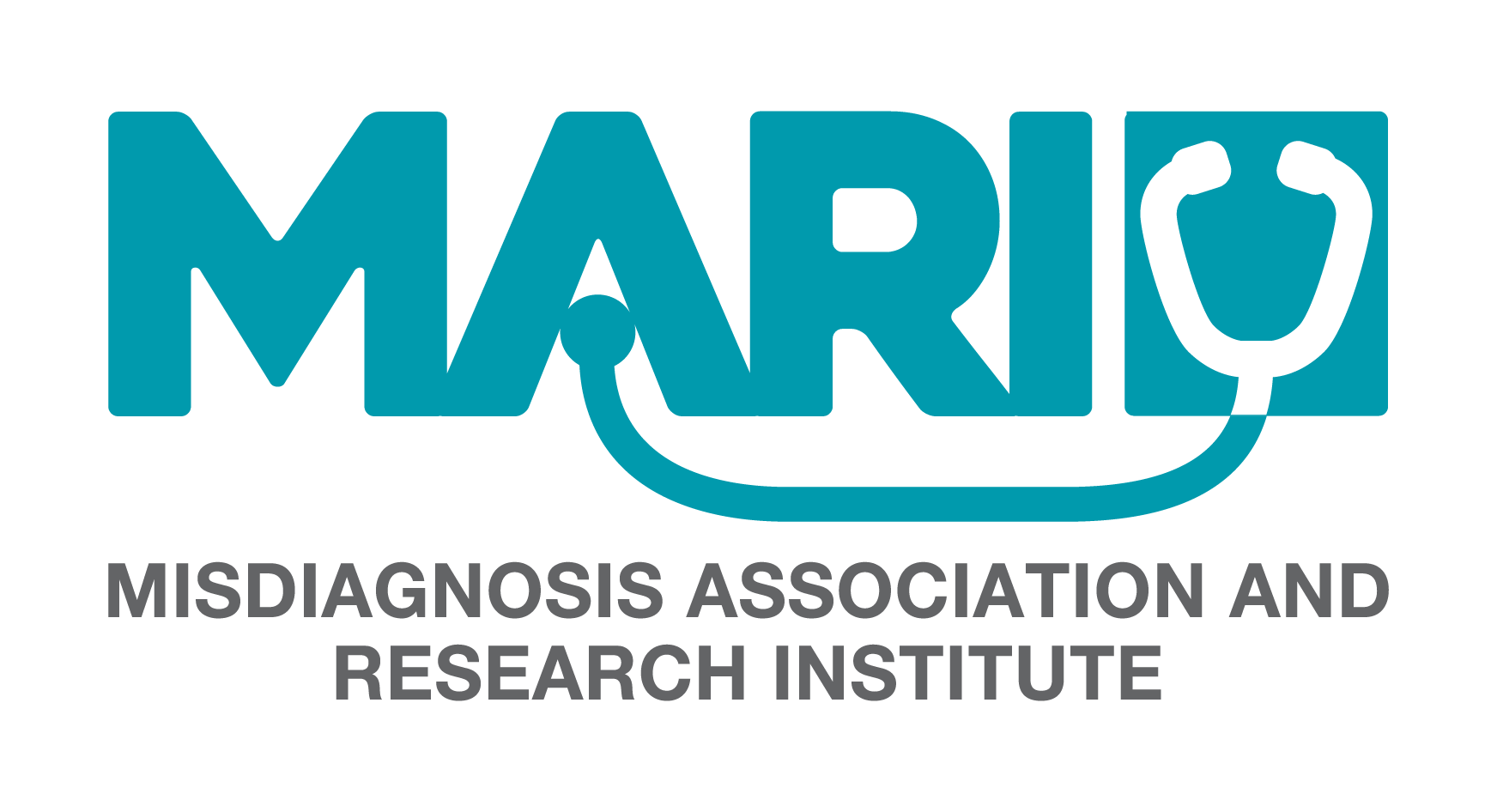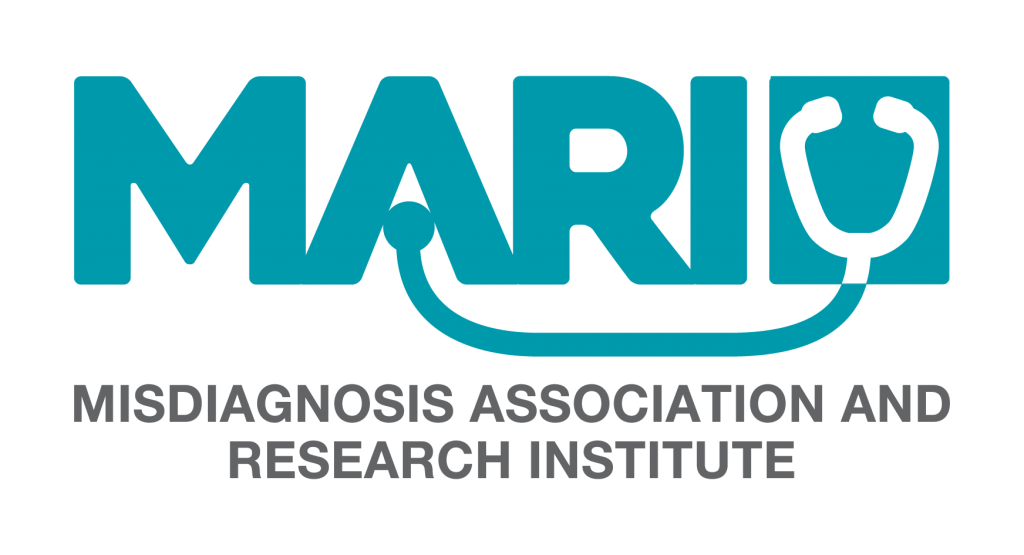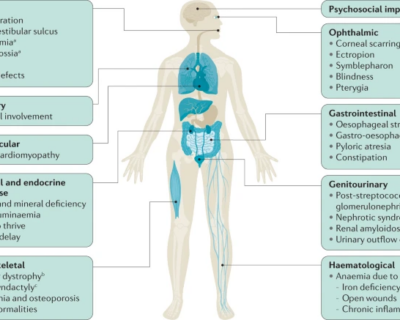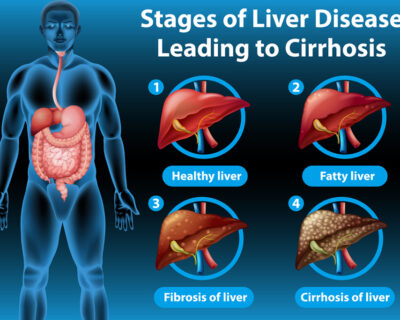
Medical Error Statistics
Medical Error Statistics
The following article is based on the article “Rate of diagnostic errors and serious misdiagnosis-related harms for major vascular events, infections, and cancers: toward a national incidence estimate using the ‘Big Three'” – a link will be provided at the end of this article
Prevention of medical errors
In recent years, one of the recognized national public health priorities in the United Kingdom is preventing medical errors and misdiagnoses. A landmark report from the year 2015 titled “Improving Diagnosis in Healthcare” by the National Academy of Medicine (NAM) claimed that most people will experience a misdiagnosis or a medical error at least once in their lifetime, and sometimes this may lead to devastating consequences. However, because no one knows the exact rate of medical errors and the harms that follow these mistaken diagnostics, the NAM concludes their landmark report by saying “the available research estimates [are] not adequate to extrapolate a specific estimate or range of the incidence of diagnostic errors in clinical practice today.”
Information about medical errors
There is no available data on medical errors in real-world practice. However, experts estimate that about 10 to 15 percent of all rendered diagnoses are incorrect. Empiric rates measured in studies using only chart reviews are an order of magnitude lower. Here’s an example that may help clarify these figures: according to a hospital-based study of over 7000 records of those who were discharged from the hospitals and those who had passed away, a medical error rate of 0.4 was found. Another study based on about 1957 primary care records revealed an estimated medical error rate of 2.4%. What this means is that even when only looking at primary care cases, over 12 million American citizens are affected.
If we assume that there are similar rates in the Emergency Department and non-primary care clinic visits, we’d find that there are just over 31 million medical diagnosis errors each year. Unfortunately, at the moment we can only work with such assumptions since the documentation at hand is mostly inadequate.

Another study of about 348 primary care visits of standardized patients found the involvement of diagnostic errors of about 13% in them. This rate is in the range that is believed by experts to be the rate of medical errors. If we consider this 10% to 15% rate of medical errors in about 1.3 billion US healthcare visits every year, there may be about 100 to 200 million diagnostics errors made yearly.
There’s even less certainty about the harm rate related to medical errors and misdiagnosis cases. Other studies similar to the ones discussed previously show that about 0.22% of hospitalized patients and 0.81% of primary care patients suffered from serious permanent morbidity or mortality from diagnostic error.
With about 36 million hospitalization cases every year and a 0.22% rate of harm caused by medical errors, this means that these errors lead to the death or harm ofabout 80,000 people in the US each year just in hospitals. Regarding primary care visits, which number about half a billion every year in the US, a 0.81% rate means that about 4 million people will be seriously harmed.
Healthcare visits in the US number about 1.3 billion every year, so about 10 million people are harmed because of medical errors in the process of diagnosing the patients’ condition. We know these numbers are too big and may seem implausible, but prior studies show that roughly half of these serious harms are actually deaths, so medical errors and misdiagnosis cases are no joke.

With the wide range of potential medical error rates ranging anywhere from 0.4% to 100%, total medical errors ranging from 12 million to 200 million annually in the US, serious misdiagnosis-related harm rates that range from 0.01% to 45%, and total serious misdiagnosis-related harms which are about 40,000 to 10 million, it’s clear that we need a new way of estimating medical errors and the harms caused by medical errors.
In our current approach to these estimations, medical error rates and the rate of harm caused by these medical errors for specific diseases or disciplines are better quantified, but the reported rates are still very different from each other and hold a wide range of 1% to 50% for medical errors, and 0.1% up to 45% for harm rates. Some of these reports are real because some diseases are just challenging to diagnose or there is not enough information about them yet, but in many other reports, the reason behind these variations is the differences in defining numerators and denominators for rates.
Conclusion
A rough estimation is that according to all the studies we’ve done, one in every 10 people is misdiagnosed with a specific disease, and roughly half of those misdiagnosed die or are permanently disabled as a result. When considering dangerous diseases, both harm rates and medical error rates may be very different for each disease, and those rates do not seem to be declining over time. If you wish to access more data with detailed analysis, make sure to read the full article either through the link we provide you or from the National Library of Medicines.
Resources:
https://pubmed.ncbi.nlm.nih.gov/32412440/
https://www.degruyter.com/document/doi/10.1515/dx-2019-0104/html






